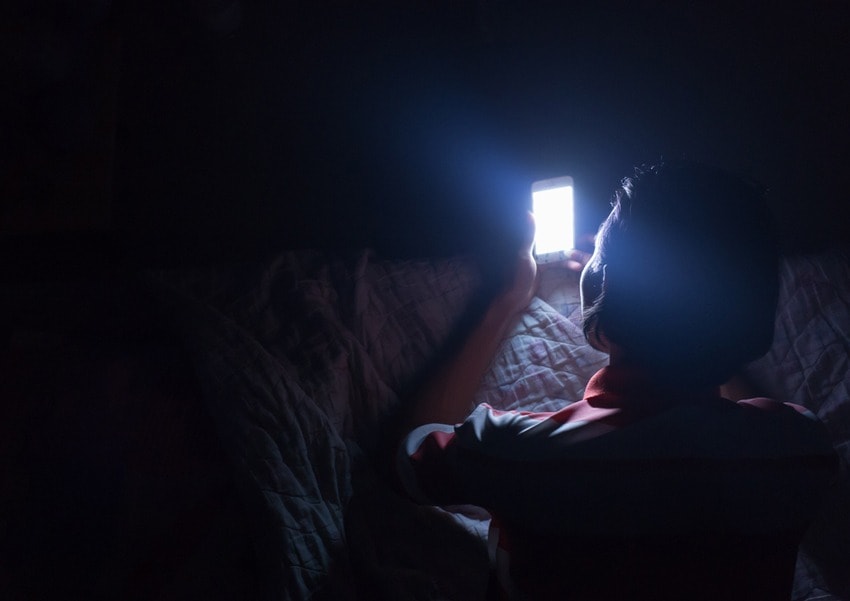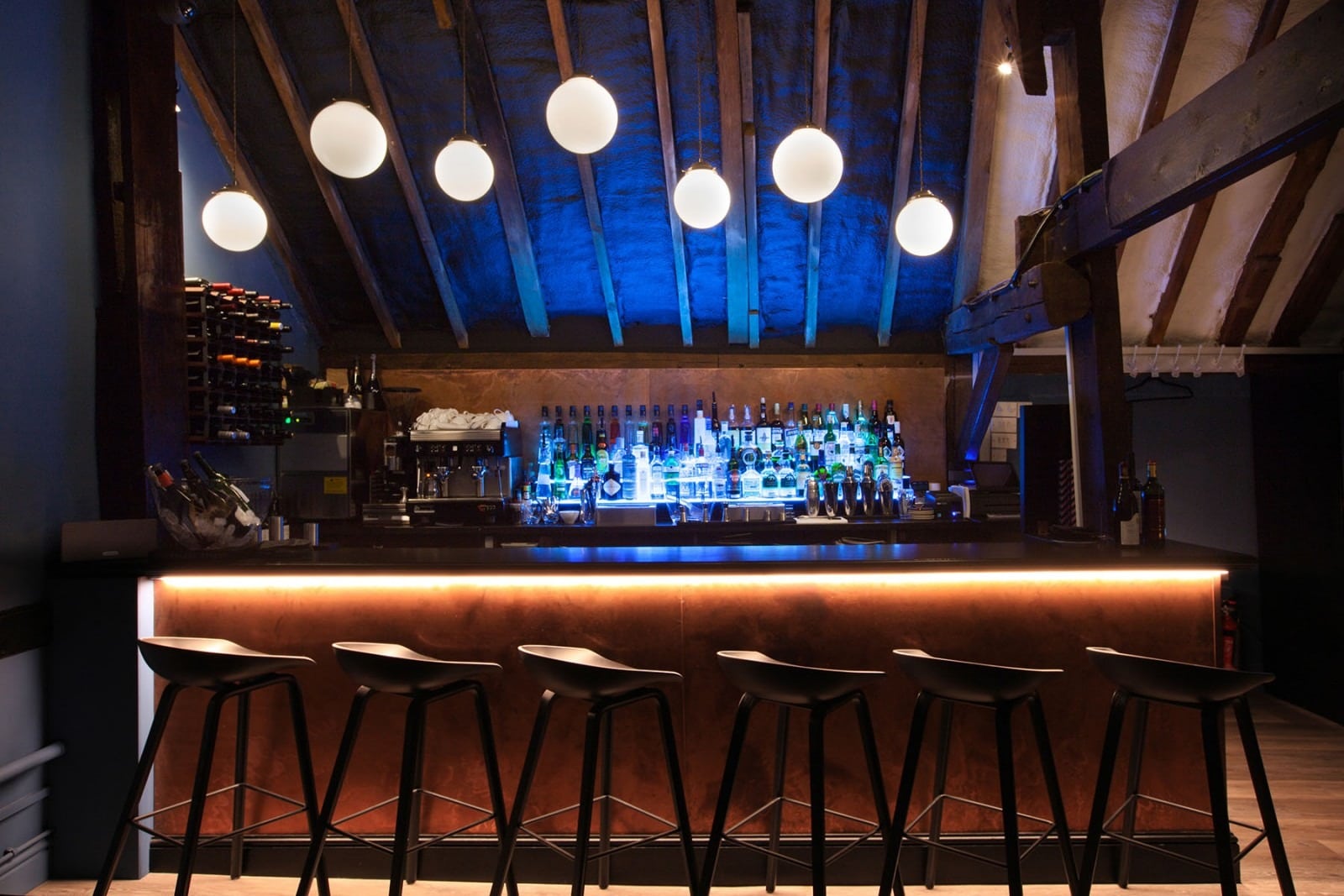In the light of recent and historical media reports, and the concerns regarding LED lighting, we take an in-depth look at the effects of artificial lighting, touching upon the impact of a 24-hour society and short wave blue light.
The impact of artificial light and a 24-hour society
In today’s world, there’s no doubt that we have an unhealthy level of exposure to artificial lighting. Only 100 years ago, people were exposed to 9-10 hours of darkness a day. Today this figure has risen to around 6-7 hours, and people in the 21st century are surrounded by the light from mobile phones, televisions and electric light, at times when our ancestors would have been in darkness.

The effect on our health is linked to the disruption of our natural circadian rhythm but will vary between any two individuals. The hours of darkness we experience impacts the production of a hormone called melatonin. Less melatonin produced translates into less protection from free radicals, which in turn invokes a higher risk of colon, prostate and breast cancer.
Why short wave blue light is to blame
Short wave blue light present within the visible lighting spectrum, specifically at wavelength 436nm, is the concern. It is present in electronic gadgets such as mobile phones, as well as in many artificial light sources, particularly energy-efficient examples.
Concerns relating to the exposure of this specific blue wavelength are relative to its intensity, the duration of exposure and the time of day you are exposed.
For example:
- Exposure to sources emitting blue light in the evening and at night disrupts our hormone balance. Prolonged exposure will increase the risk of hormone-dependent illness due to the suppression of melatonin in the body.
- Prolonged exposure to intense levels of this specific blue light wavelength, that is not filtered like many wavelengths of UV by the cornea and lens, will damage the receptor cells within the retina oxidatively.
Is the issue specific to LED lighting?
The reports that LED lighting causes blindness ought to be read in context of the wider lit environment. While the above is concerning, it is important to note that new investigations and lighting studies emerge on this topic every year and have done so for the last two decades. This topic is not new, and nor is it exclusive to LEDs.
- All light sources contain varying intensities at 436nm. This not only includes LED, but fluorescent lighting, metal halide and daylight.
- It has been regarded that dangerous levels of ‘blue light’ are unlikely to be emitted at colour temperatures below 12,500K, at 500lux. The lighting designed for our clients is below this threshold, often between 2700K and 4000K.
What can be done to mitigate the risks of short wave blue light?
Generally, it is recommended that cooler colour temperature artificial lighting is replaced with a warmer substitute, particularly if exposure is generally expected during the hours of natural darkness.

The impact of artificial lighting can increase in specific environments, so this should be taken into consideration during any lighting design project. For example, our circadian rhythms slacken with age, so cooler lighting would have a more significant impact on one’s health if installed within a retirement care home than say, in a school.
Some studies show that exposure to incandescent sources can strengthen resilience and our ability to self-heal the receptor cells in our eyes.
Our opinion
Without conclusive reporting following further research, we feel at this stage that LED lights specified by component lighting consultants will help to minimise risks. Appropriate energy-efficient light sources and intensities need to be specified that offer a spectral distribution appropriate to the users and lighting requirements for the given space.
Contact our lighting experts for more information
If you have any concerns regarding LED lighting, our team of specialists would be happy to discuss these with you. Contact us on 01707 290010, email [email protected] or fill in our online contact form.